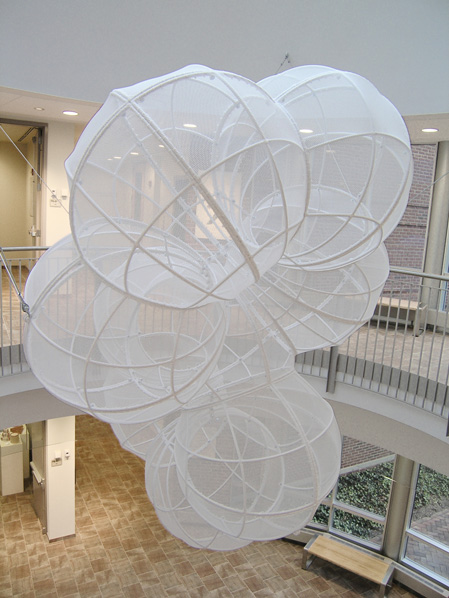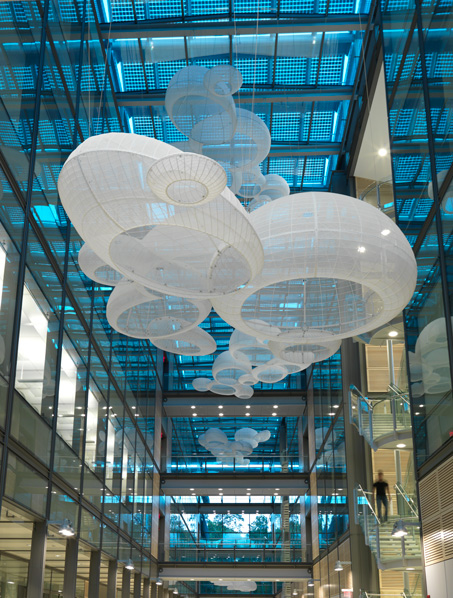Since learning that Joe was assigning readings from Italo Calvino, I went back and have been re-reading my copy of “If on a winter’s night a traveler” and thought of this quote in relation to today’s discussion on his critique of technology (mainly why I brought up technology):
“It’s not too long, fortunately. Long novels written today are perhaps a contradiction: the dimension of time has been shattered, we cannot love or think except in fragments of time each of which goes off along its own trajectory and immediately disappears. We can rediscover the continuity of time only in the novels of that period when time no longer seemed stopped and did not yet seem to have exploded, a period that lasted no more than a hundred years. ”
This is what smartphones and portable devices have done to time- no longer do we have to attend concerts or movies or productions for their duration, we can simply access them from our phones at any point during the day (dont even have to wait til certain part of a song, can just fast forward to it).
At any point, it’s an interesting and innovative read about the process of writing as creation, and creation in general. Calvino’s like a more serious Kurt Vonnegut; entertaining and saavy, with hints of sarcasm.






